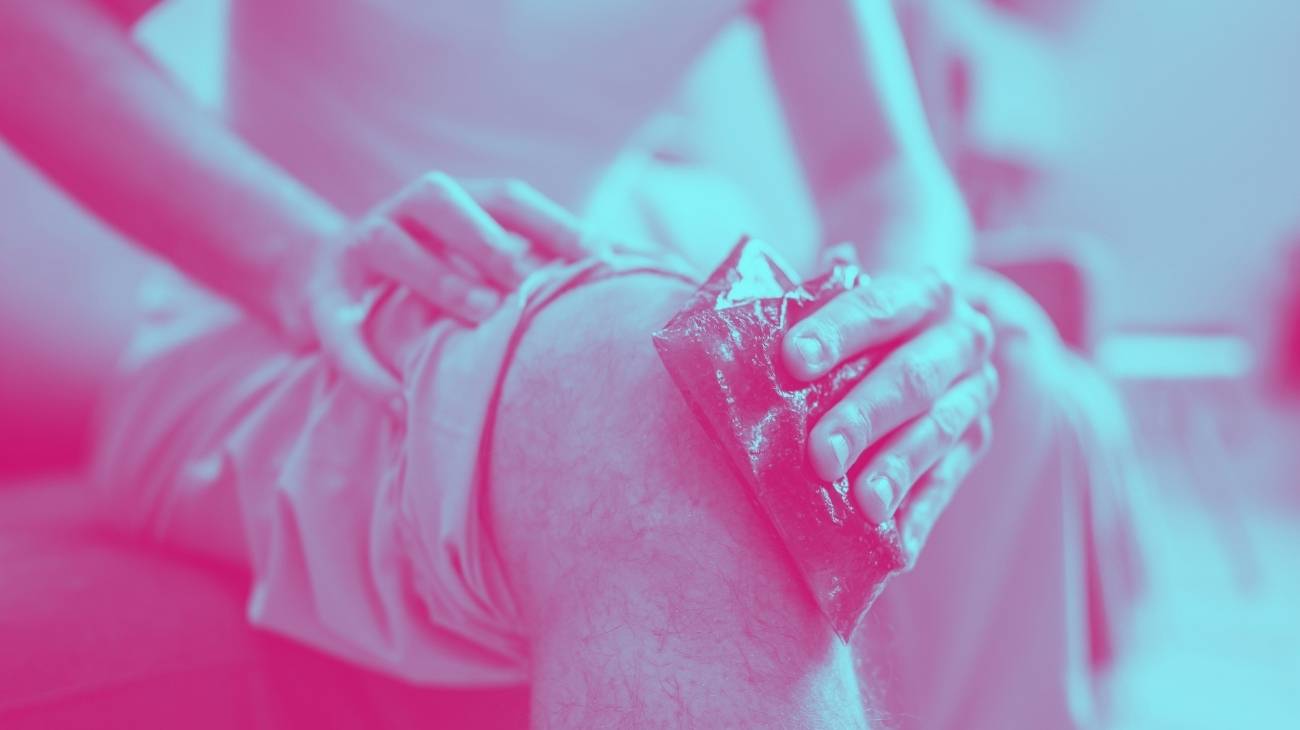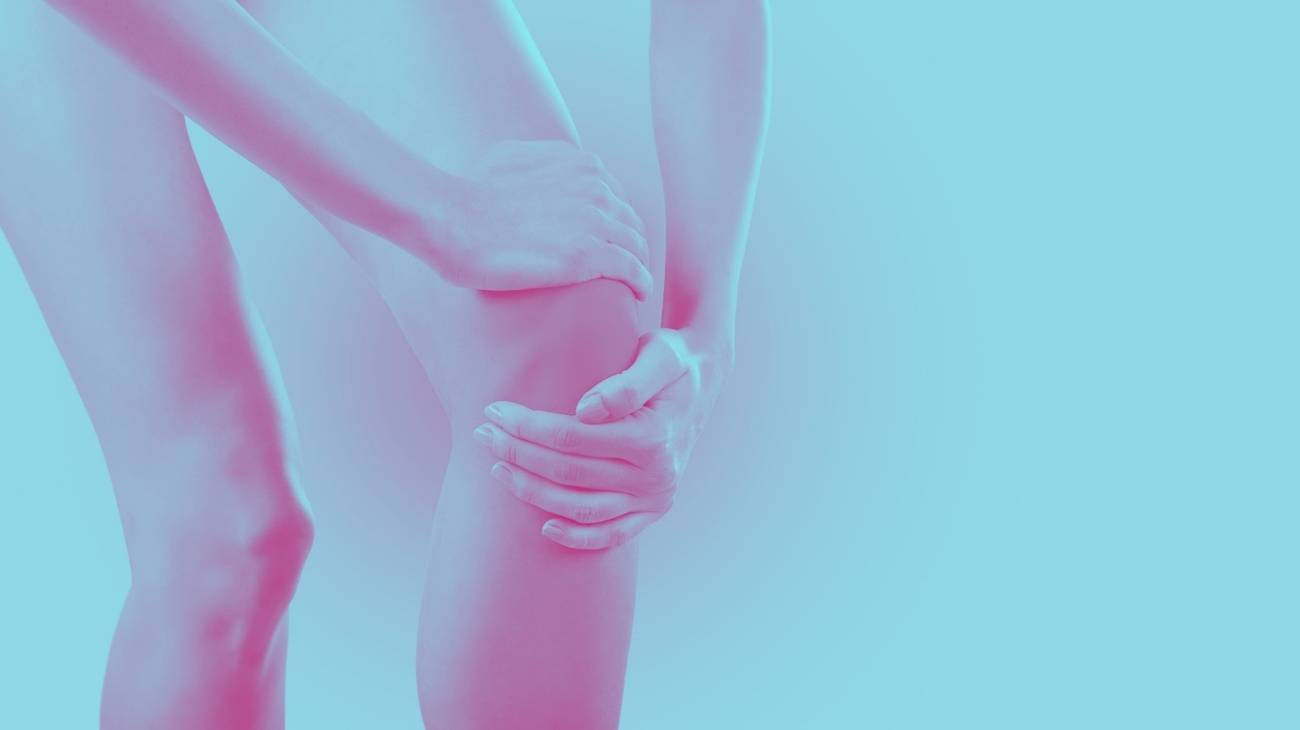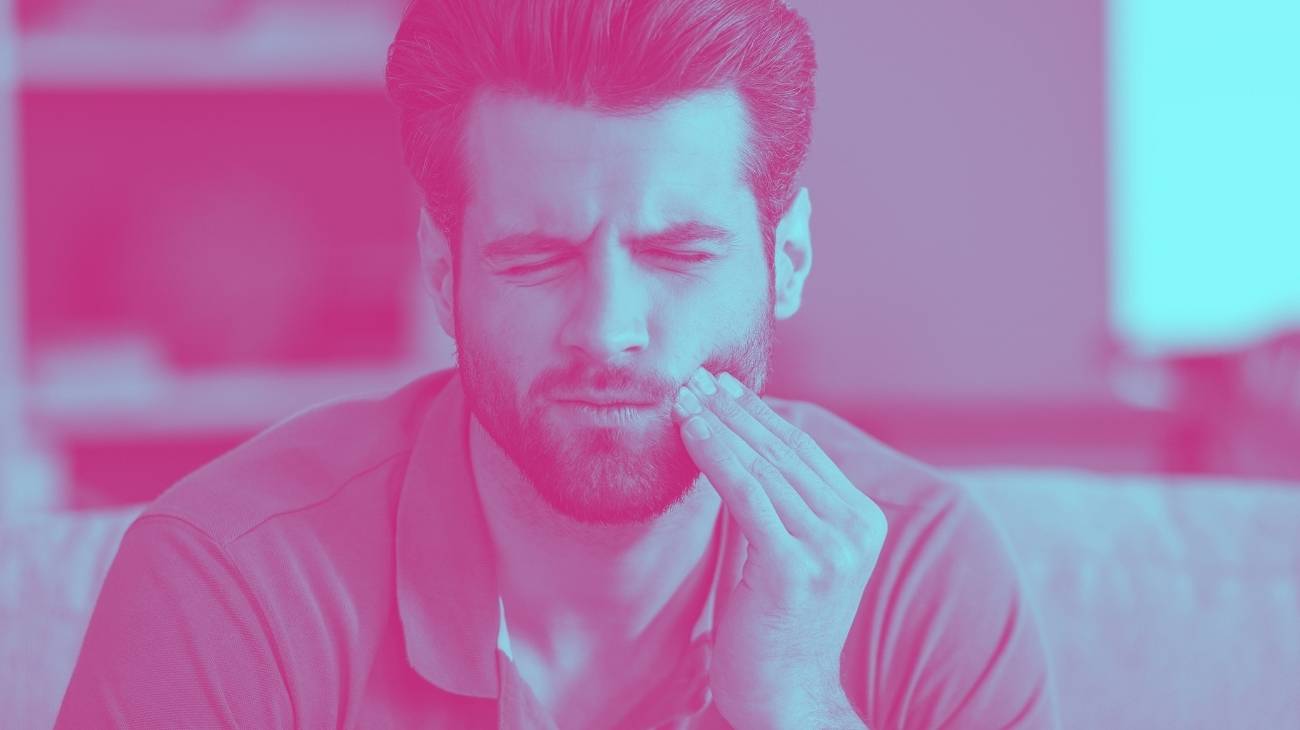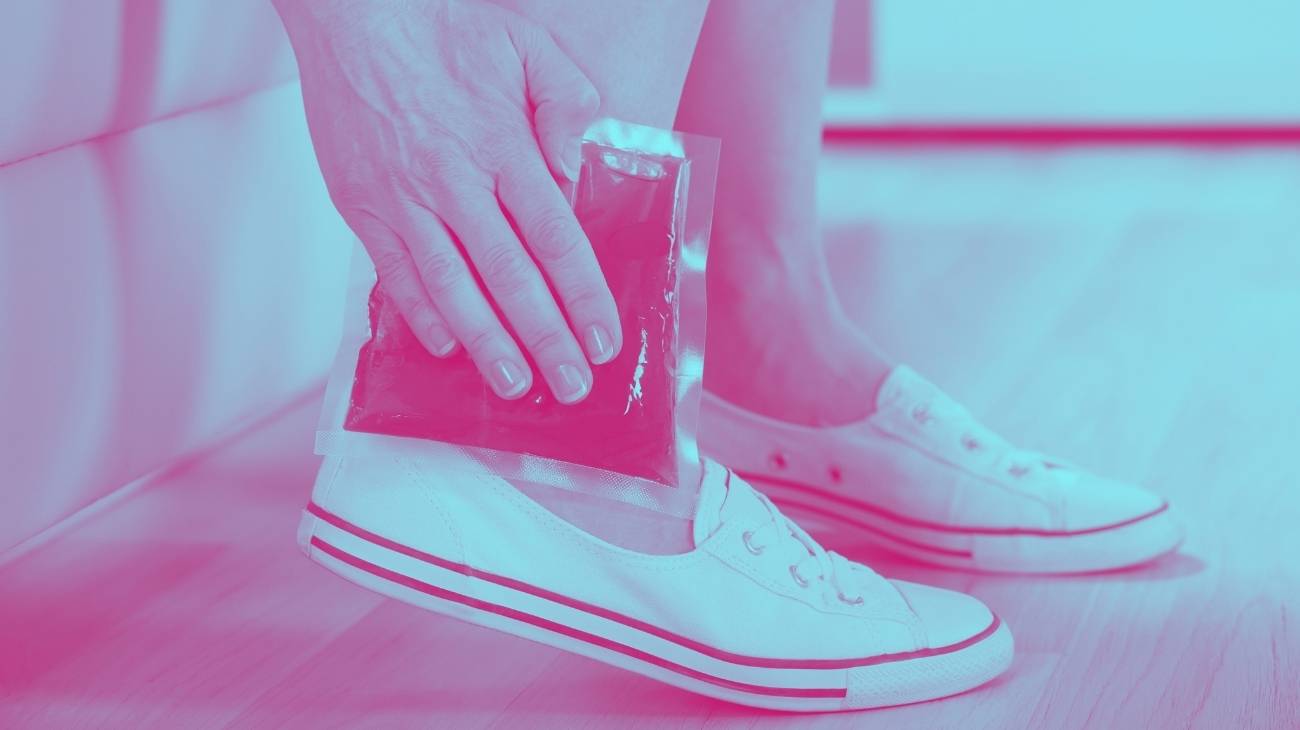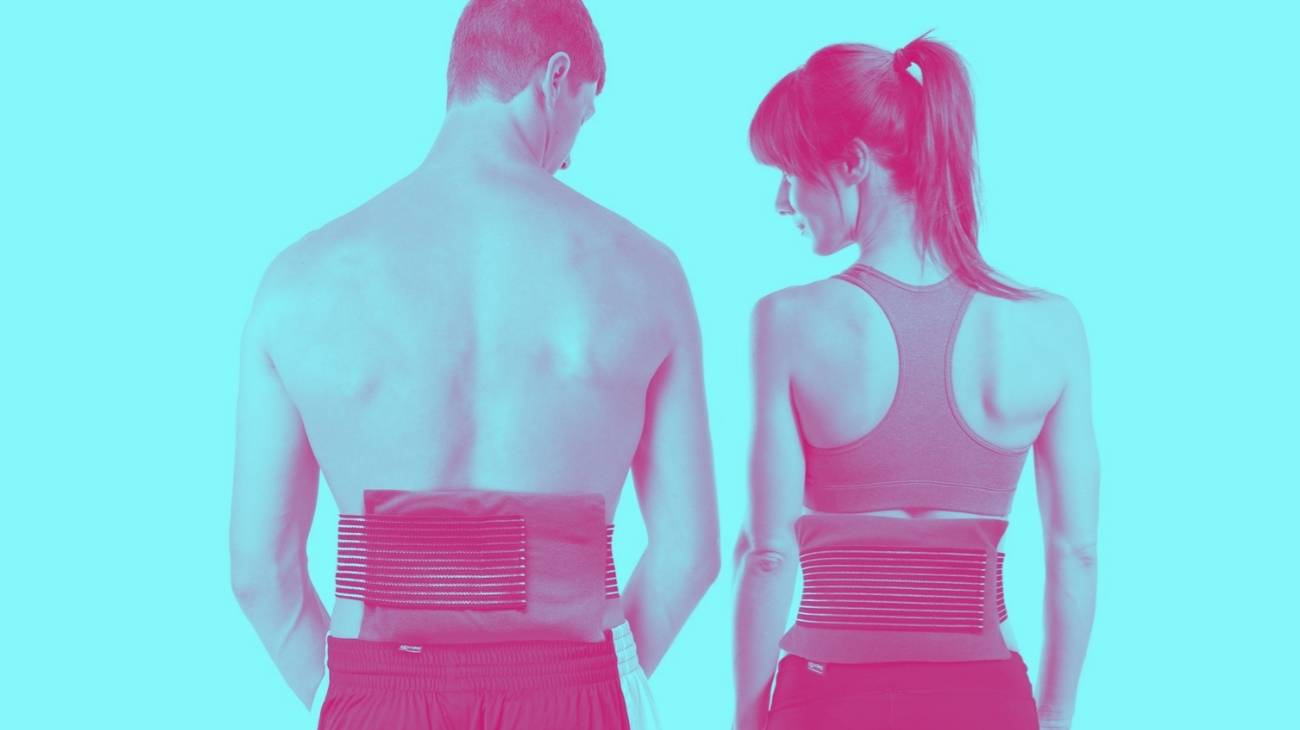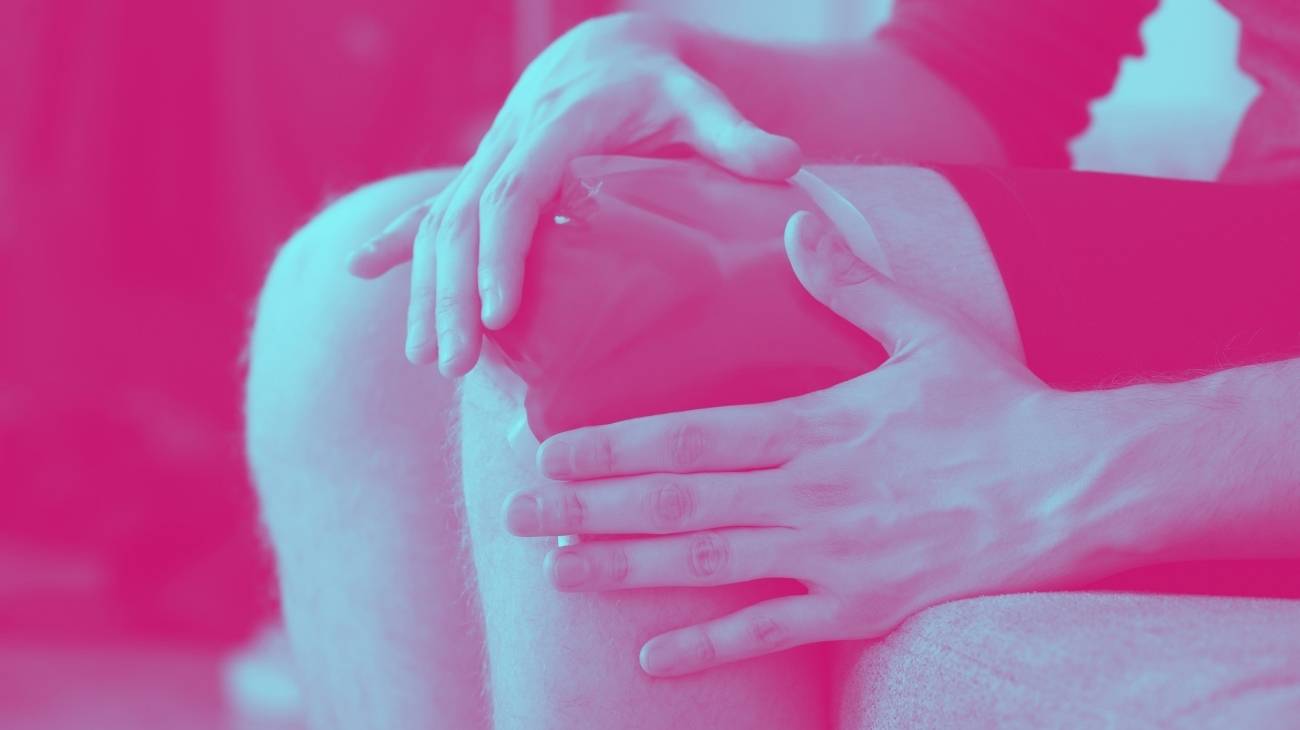- What is the best ice gel pack to reduce fever?
- Video: How to use hot and cold gel packs?
- Types of hot & cold packs you should know about
- What are the most common symptoms of fever?
- Benefits of ice gel packs to reduce fever in adults and children
- How to lower the temperature of fever using cold gel packs?
- The best hot and cold gel packs for pain relief
A fever is an increase in body temperature above normal. It is not an illness in the true sense, but a sign caused by an infection or other pre-existing condition.
Therefore, it is important to know the symptoms associated with fever and the possible measures to treat them. Today we will talk about hot and cold gel packs to reduce fever in adults and children.
What is the best ice gel pack to reduce fever?
- Material: Nylon
- Uses: Headache and Migraine
- Type of adjustment: Cover
- Cover: Yes
- No. of units: 1 Gel Packs
- One size fits all
- Elastic fabric
- Bulky design
- Only one gel pack
This form fitting gel ice headache relief mask wrap is brought to you by TheraICE RX. The reusable & wearable therapy ice pack for migraines helps inflammation, tension, sinus and stress relief and puffy eyes, making it the ideal reusable headache relief hat for men, women and kids who suffer from headaches, migraines or facial tension. Less need for for excedrin, advil, glasses or a special pillow.
- Material: Nylon
- Uses: Headache and Migraine
- Type of adjustment: Velcro strap
- Cover: Yes
- No. of units: 2 Gel Packs
- No smell
- Velcro strap
- Multipurpose
- Low quality
- Not flexible when cold
Headache cold pack can be heated up in a microwave or frozen in the freezer, a perfect first aid essential for home or clinical use as it's an ideal life saver for whom suffering from cluster headache, hot flashes, carpal tunnel syndrome, plantar fasciitis, heel pain, arthritis, tendonitis, stiff neck.
- Material: Nylon
- Uses: Headache and Sinus Migraine
- Type of adjustment: Elastic cover
- Cover: Yes
- No. of units: 1 Gel Pack
- One size fits all
- Elastic fabric
- Bulky design
- Only one gel pack
Designed "V" shape hole for nose better breath and perfectly contours fit. Ice pack head wrap comprehensive cold pressure therapy can quickly help puffy eyes, tension, relieve stress, work well in penetrating cold in targeted areas effectively. Ice head wrap keep flexible after frozen and can be secured around head for hands-free application, holds perfectly in place, use it while sitting, lying down or sleeping with no worry slip off.
- Material: Nylon
- Uses: Headache and Sinus Migraine
- Type of adjustment: Elastic cover
- Cover: 2 Pieces
- No. of units: 1 Gel Pack
- One size fits all
- Elastic fabric
- Only for the head
- Only one gel pack
Headache ice pack adjustable to the size of your head, head ice wrap which fits up to a 27" to 30" inch circumference head, allows you adjust contours to forehead snugly with compression. Hands-free application can secure around head, holds perfectly in place, can do your daily works like sitting, lying down no worry will slip off, free to move around.
- Material: Nylon
- Uses: Headache and Wisdom Teeth
- Type of adjustment: Elastic strap
- Cover: Yes
- No. of units: 4 Gel Packs
- One size fits all
- Elastic fabric
- Difficult to use
- Poor quality Velcro
Don’t add more discomfort on top of your TMJ pain with an itchy or heavy ice pack! This face ice pack is gentle on your skin, thanks to its wrap microfiber material. It's so soothing and soft, you can even wear it while you nap. Use and reuse your gel packs whenever pain strikes. Whether you have persistent TMJ or recurring migraines, your All Sett Health gel face mask will reduce your pain time and time again.
- Material: Nylon
- Uses: Jaw Pain and Wisdom Teeth
- Type of adjustment: Elastic strap
- Cover: Yes
- No. of units: 4 Gel Packs
- One size fits all
- Velcro adjustable strap
- Difficult to use
- Poor quality Velcro
Pick the cold and hot compress is sure to fit thanks to the adjustable strap. Shorten it to 27" for a smaller wrap or light compression, and if you need more room, loosen it to 30". Find relief, no matter your size or shape. Don’t add more discomfort on top of your TMJ pain with an itchy or heavy ice pack! This face ice pack is gentle on your skin, thanks to its microfiber material. It's so soothing and soft, you can even wear it while you nap.
- Adjustable Velcro strap
- Microwaveable
- Heat/cold therapy
- Quality materials
- Medium flexibility with cold therapy
- One size only
It can be used for several minutes because it has breathing, speaking and viewing holes, so you can watch TV while relaxing. It has a strategic distribution of pearls that act directly on the affected area, applying heat or cold, according to your needs. Remember that the duration of the temperature may decrease according to the criteria of some buyers.
- Cold/Heat Therapy
- Full mask
- Not microwaveable
It is a perfect combination of health and beauty masks, as they can be used at any time of the day, according to the needs and activities you are doing. Place in the freezer for 20 or 30 minutes and you will get the right temperature to stimulate blood circulation, you can also choose the microwave for 10 seconds to lower fluid retention. Keep in mind that in some cases the tension of the adjustable strap disappears in the first few sessions.
Video: How to use hot and cold gel packs?
Types of hot & cold packs you should know about
What are the most common symptoms of fever?
The main symptom of fever is a rise in body temperature to a higher level than usual. Normally, the body temperature stays around 37°C (98.6°F). So the following thermometer readings are usually a sign of fever:
- 100.4°F (38°C) or more in the rectum, ear or temporal artery.
- 100°F (37.8°C) or more in the mouth.
- 99°F (37.2°C) or more in the armpit.
This warming is controlled by an area of the brain called the hypothalamus. It is the body's biological thermostat, i.e. it regulates body temperature through various mechanisms that allow heat to be produced and released. For this purpose, the temperature of the entire body is compared with the reference value of 37 °C (98.6 °F). In the case of fever, the hypothalamus sets a higher initial temperature so that the body begins to warm up.
Fever usually occurs in response to an infection (viruses, bacteria or other microorganisms) or a disease (inflammatory diseases such as rheumatoid arthritis and others). It can also be caused by the presence of a tumour or by the administration of certain drugs (antibiotics, anticonvulsants and others) or vaccines (e.g. against diphtheria and tetanus). However, sometimes it is not possible to determine the reason for their occurrence.
Besides a high body temperature, other symptoms of fever are:
- Chills: When the fever process begins and hypothalamic adaptation takes place, the body still has a normal temperature. This leads to a feeling of coldness accompanied by shivering. This shivering and the warmth that the patient can give off in turn raise the temperature.
- Sweating: This occurs when the hypothalamic thermostat falls below the thermal set point. At this point, the patient feels hot and sweats to cool the body.
- Dehydration: Some indicators of dehydration are infrequent and dark coloured urine, crying without tears and a dry mouth.
- Irritated eyes: This is the burning sensation in the eyes typical of fever.
- Irritability: patients with fever tend to be more irritable or angry than usual.
- Pain: mainly in the head, but muscle pain may also occur.
- General malaise: Loss of appetite and general weakness.
Some infants and children with fever may also experience increased irritability, redness of the skin, difficulty swallowing, paleness and refusal of food, drink or breast milk.
In severe cases, the fever can lead to:
- Colossal sleepiness: you will be unusually sleepy while you have a fever.
- Febrile convulsions: caused by a sudden rise in body temperature, especially in children aged 6 months to 6 years. These are non-epileptic seizures where the infant loses consciousness and the limbs shake. However, they do not usually have any lasting effects.
- Confusion or delirium: Impairment of thinking and memory, with sudden changes in consciousness during the fever.
- Severe pain in the head or other parts of the body: These may be sharp, throbbing or pulsating and cause other symptoms such as sensitivity to light or noise, visual disturbances or nausea.
- Irregular vaginal discharge and painful urination: Vaginal discharge may change in colour, odour and consistency, increase or decrease in quantity.
- Skin rash: The skin may become red or scaly, blister or crust over. Especially after an episode of high fever.
- Vomiting and diarrhoea: Symptoms that together or separately can lead to dehydration and should be closely monitored.
Benefits of ice gel packs to reduce fever in adults and children
If you are wondering about the benefits of using cold to reduce fever, you should know that cryotherapy is not recommended for patients with fever.
If you have a fever, it is not advised to use it:
- Apply ice or cold compresses.
- Give or take cold water baths.
Why not? Cold therapy in a patient with a fever can cause chills. This leads to a rise in temperature instead of a reduction in temperature. Therefore, the use of cold is not an option to reduce fever.
Is there any way to use hot/cold gel packs to treat fever? Yes, and in the next section we will tell you all the details.
How to lower the temperature of fever using cold gel packs?
Hot and cold gel packs are compresses that can reach a wide range of temperatures: cold, cool and warm. For fever, doctors recommend using them at a cool temperature (not too cold and not too hot) to lower the high body temperature associated with fever. In our product catalogue, we offer the cold gel mask, which is ideal for treating the forehead area while cooling the other areas of the body.
The following steps are sufficient to lower the patient's body temperature with the help of hot and cold gel packs:
- Immerse the gel pack in cool water (not hot or cold) for a few minutes to cool it down.
- Remove the pack from the water and check the temperature. Soak it again if necessary.
- Place the pack (without drying it) on the areas where the body loses heat (head, armpits, groin and feet). Note that some of our gel backpacks have a compression strap to ensure a comfortable fit.
- Remove the gel pack or cooling water compress when it loses its coolness and becomes more hot than cold.
- Repeat the process until you are sure that the temperature has dropped. In this case, there is no specific time protocol as you should do this until the fever drops.
However, you should also combine the use of cool gel packs with other fever-reducing measures. Some of these are:
- Drink plenty of fluids to avoid dehydration.
- Wear cool, light clothing.
- The use of blankets is only appropriate if you are shivering, otherwise it is recommended that you take your body out into the fresh air.
- Take paracetamol or ibuprofen as directed by the doctor. Follow the instructions carefully, especially if it is a child.
- See a doctor as soon as possible to determine the cause of the fever, because fever is always a symptom or a warning sign of another pre-existing condition.










